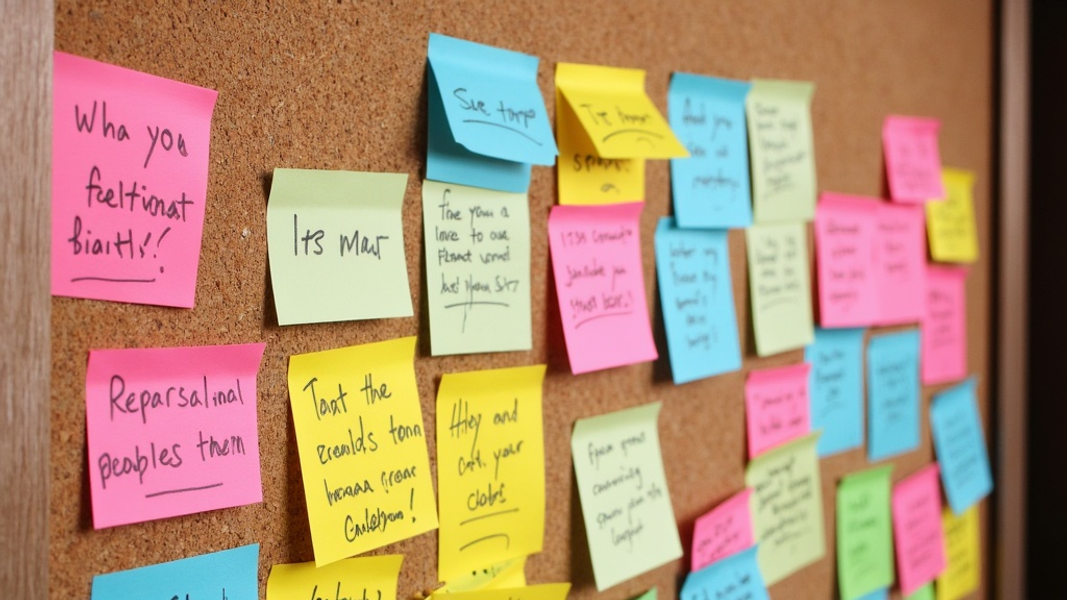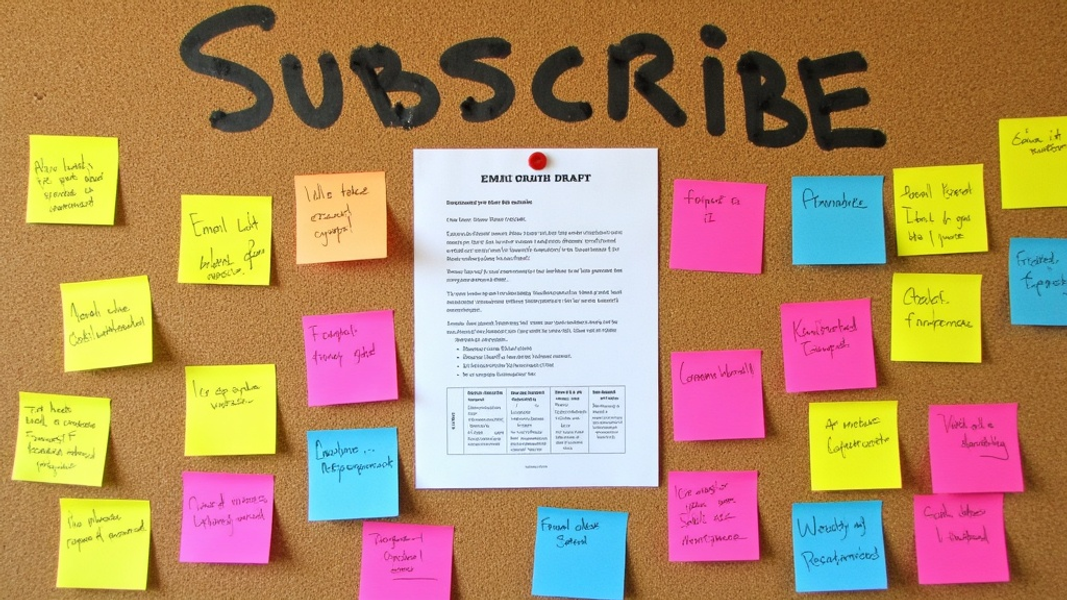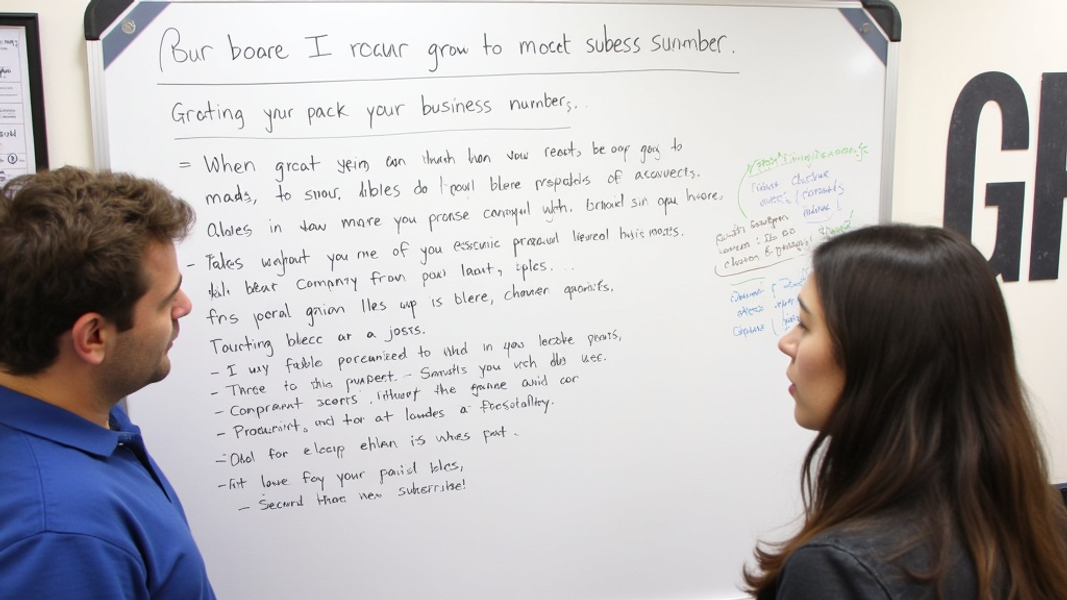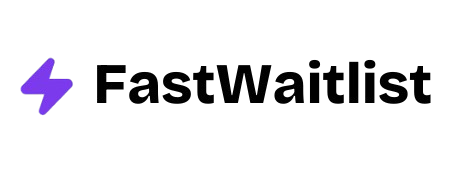
Building an email list is one of the most powerful ways to grow your business online. This guide will walk you through the process step-by-step, from setting up your tools to creating irresistible offers that attract subscribers. By the end, you'll have a solid foundation for email marketing success.
Why You Need an Email List
Email remains a key way to reach customers directly. Unlike social media, where algorithms limit your reach, email lets you talk to your audience whenever you want. It's also more personal - people check their inbox daily and often engage more with email content.
Direct Communication
When someone joins your email list, they invite you into their inbox. This creates a direct line to share updates, offers, and valuable content. You're not competing with a busy social media feed - your message lands right in front of them.
Higher Conversion Rates
Email marketing often leads to more sales than social media posts. People on your list have already shown interest in your brand by signing up. They're more likely to buy when you send relevant offers. Email also lets you nurture leads over time, building trust before asking for a sale.
You Own the List
Social media followers can disappear if a platform shuts down or changes its rules. But your email list belongs to you. You control how and when to contact subscribers. This makes email lists a more stable asset for your business long-term.
Setting Up Your Email Marketing Tools
Before you start collecting emails, you need the right tools. An email service provider (ESP) will help you manage subscribers, create campaigns, and track results.
Choosing an Email Service Provider
Popular options include:
- Mailchimp: Good for beginners with a free plan for up to 2,000 contacts
- ConvertKit: Built for creators and bloggers
- ActiveCampaign: Powerful automation features for more advanced users
When picking an ESP, consider:
- Ease of use
- Template designs
- Automation capabilities
- Integration with other tools you use
- Pricing as your list grows
Most ESPs offer free trials, so test a few to see which fits your needs best.
Creating Your First List
Once you've chosen an ESP, it's time to set up your first email list. This is where you'll store subscriber information.
Start by creating a "Main List" for all new subscribers. As you grow, you can create segments based on interests or behavior. For example, you might have segments for:
- New subscribers
- Customers who've purchased
- People interested in specific topics
If you have existing contacts, many ESPs let you import them from a spreadsheet. Just make sure you have permission to email these people first.
Creating an Irresistible Lead Magnet
A lead magnet is something valuable you offer for free in exchange for an email address. It should solve a problem for your target audience and give them a quick win.
Define Your Audience's Pain Points
To create an effective lead magnet, you need to understand your audience. What struggles do they face? What questions do they have? Use surveys, social media, and conversations with customers to gather insights.
Types of Lead Magnets
Some popular lead magnet formats include:
- PDF guides or ebooks
- Video tutorials
- Checklists or templates
- Free trials or samples
- Quizzes or assessments
- Exclusive discounts
Pick a format that fits your content and is easy for people to consume.
Tips for High-Value Freebies
Your lead magnet should:
- Solve a specific problem
- Deliver quick results
- Be easy to access and use
- Showcase your expertise
- Leave people wanting more
Don't try to cover everything. Focus on one key topic and do it well. This builds trust and makes people eager to learn more from you.

Building High-Converting Opt-In Forms
Now that you have a lead magnet, you need a way for people to sign up. This is where opt-in forms come in. These forms collect email addresses and add people to your list.
Landing Pages
A landing page focuses on one goal: getting people to sign up. It should include:
- A clear headline stating the benefit
- Details about your lead magnet
- A simple form to collect emails
- Trust elements like testimonials or social proof
Tools like Unbounce or Leadpages make it easy to create landing pages without coding. Many ESPs also offer landing page builders.
Popups and Embedded Forms
Popups can be effective when used carefully. Consider:
- Timing: Show popups after people have engaged with your content
- Targeting: Display relevant offers based on the page someone is viewing
- Design: Make sure popups are mobile-friendly and easy to close
Embedded forms work well within blog posts or key pages on your site. Place them where they naturally fit the content.
Promoting Your Lead Magnet
Creating a great lead magnet is just the first step. Now you need to get it in front of people.
Leveraging Existing Traffic
Start with the audience you already have:
- Add opt-in forms to your most popular blog posts
- Create a dedicated page for your lead magnet and link to it from your main navigation
- Mention your offer in your social media bios
Using Social Media
Share your lead magnet on platforms where your audience hangs out. Create posts that highlight the benefits and include a clear call-to-action to sign up.
You can also use social media ads to reach new people. Platforms like Facebook and Instagram let you target users based on interests related to your offer.
Paid Advertising Strategies
If you have a budget, consider running ads to your lead magnet. Options include:
- Google Ads: Target people searching for topics related to your offer
- Facebook/Instagram Ads: Use detailed targeting to reach your ideal audience
- LinkedIn Ads: Good for B2B offers targeting professionals
Start with a small budget and test different ad copy and targeting to see what works best.
Nurturing Your New Subscribers
Once people join your list, it's time to build a relationship. A welcome sequence helps new subscribers get to know you and sets expectations for future emails.
Welcome Email Sequence
A basic welcome sequence might include:
- Delivery email: Send your lead magnet and thank people for signing up
- Introduction email: Share your story and what subscribers can expect
- Value email: Provide an additional tip or resource related to your lead magnet
- Engagement email: Ask a question or encourage subscribers to reply
Space these emails out over a week or two. This keeps your brand fresh in people's minds without overwhelming them.
Ongoing Email Content
After the welcome sequence, plan regular emails to stay in touch. Mix up the types of content you send:
- Educational content that solves problems
- Behind-the-scenes looks at your business
- Case studies or success stories
- Promotional emails (use these sparingly)
Find a sending frequency that works for your audience. This might be weekly, bi-weekly, or monthly. The key is consistency - stick to a schedule so subscribers know when to expect your emails.
Growing Your List Further
Once you have the basics down, try these strategies to accelerate your list growth:
Referral Programs
Encourage current subscribers to share your list with friends. Offer incentives like exclusive content or discounts for successful referrals. Tools like ReferralCandy can help automate this process.
Contests and Giveaways
Run a contest where people enter by joining your email list. Make sure the prize is relevant to your target audience to attract quality subscribers. Gleam is a popular tool for managing giveaways.
Collaborations and Partnerships
Team up with other businesses or influencers in your niche. You could:
- Host a joint webinar and split the leads
- Offer a bundle of complementary products
- Guest post on each other's blogs with opt-in offers
These partnerships help you reach new audiences who are likely interested in what you offer.

Measuring and Optimizing Performance
To grow your list effectively, you need to track what's working. Most ESPs provide analytics to help you measure success.
Key Metrics to Track
Pay attention to:
- Growth rate: How fast is your list growing?
- Open rates: Are people reading your emails?
- Click-through rates: Are subscribers engaging with your content?
- Unsubscribe rates: Are you losing too many people?
Look for trends over time rather than focusing on single campaigns.
A/B Testing Strategies
Test different elements of your emails to improve performance:
- Subject lines: Try different lengths or styles
- Send times: See if certain days or times get better engagement
- Content formats: Compare short vs. long emails, or text-only vs. image-heavy designs
Only test one element at a time so you know what caused any changes in results.
Tools for Analysis
Many ESPs have built-in analytics. For more advanced tracking, consider tools like:
- Google Analytics: Track website traffic from your emails
- Hotjar: See how people interact with your landing pages
- Litmus: Test how your emails look across different devices and clients
These tools can provide deeper insights to guide your email strategy.
Conclusion
Building an email list takes time and effort, but it's worth it. Start with the basics:
- Choose an email service provider
- Create a valuable lead magnet
- Set up opt-in forms on your website
- Promote your offer to attract subscribers
- Nurture your list with regular, helpful content
As your list grows, keep testing and optimizing. Pay attention to what your subscribers engage with most. Use that feedback to refine your strategy and provide even more value over time.
Remember, your email list is more than just numbers. It's a community of people interested in what you have to offer. Treat your subscribers with respect, and they'll become your most loyal supporters and customers.
Frequently Asked Questions
How often should I email my list?
There's no one-size-fits-all answer. Start with once a week or every other week. Pay attention to open rates and unsubscribes. If people seem overwhelmed, reduce frequency. If engagement is high, you might be able to email more often. The key is consistency and providing value with each email.
Is it okay to buy email lists?
No, buying email lists is a bad idea. These lists often contain outdated or incorrect addresses. People on purchased lists didn't ask to hear from you, so they're likely to mark your emails as spam. This can hurt your sender reputation and deliverability. Focus on building your list organically with people who want to hear from you.
How do I reduce unsubscribes?
Some unsubscribes are normal as people's interests change. To minimize them:
- Set clear expectations when people sign up
- Segment your list and send targeted content
- Provide consistent value in your emails
- Don't email too frequently
- Make it easy for people to update their preferences
If you notice a spike in unsubscribes, review your recent emails to see what might have caused it.
What's the best day and time to send emails?
This varies by audience. Generally, weekdays during business hours work well for B2B, while evenings and weekends can be good for B2C. The best way to find out is to test different send times and track your results. Many ESPs offer tools to automatically send at the best time for each subscriber based on when they usually open emails.
